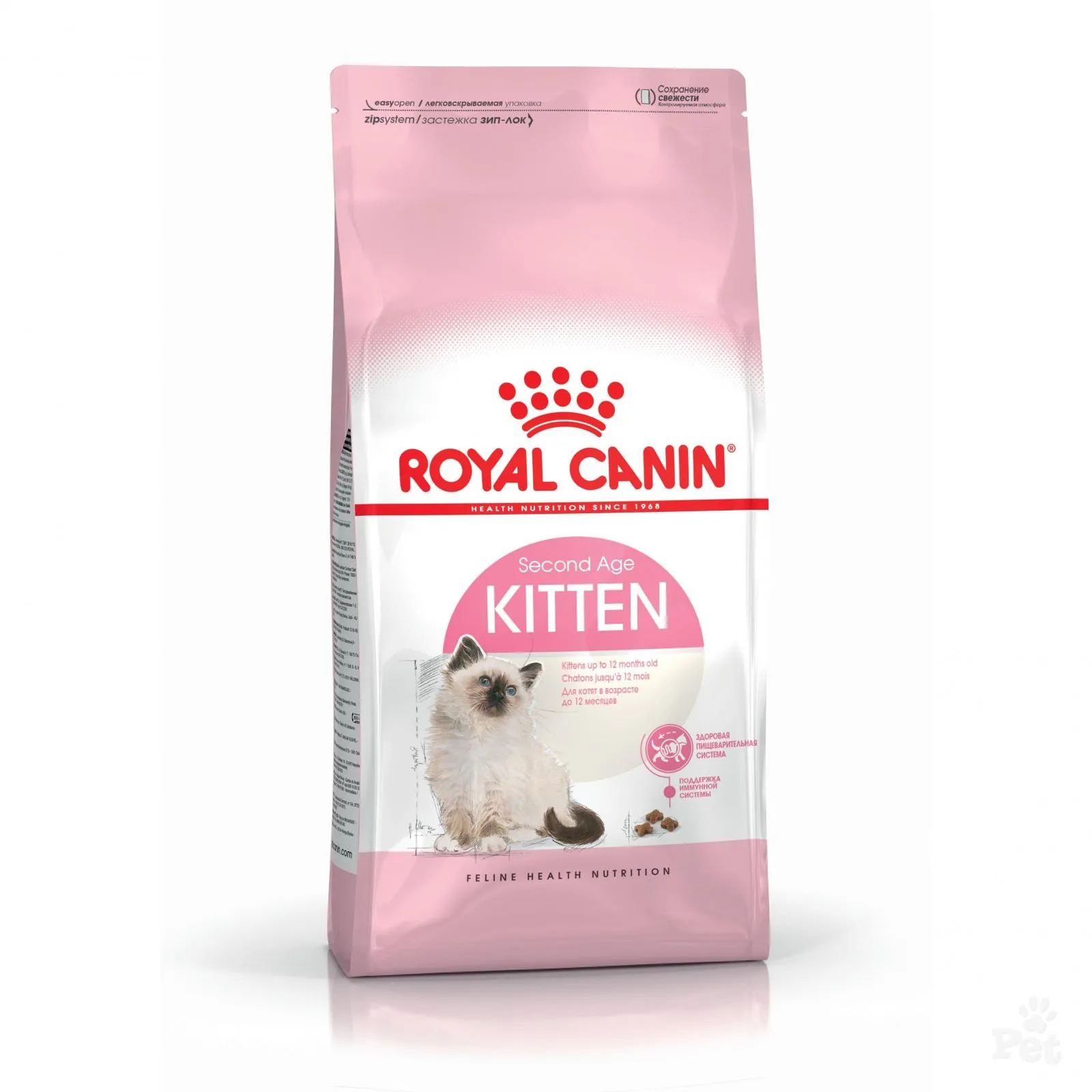How to Determine the Right Amount of Food for Your Cat
Some cats always seem to be hungry. But how much food does a cat need per day? This article helps you to find out the right amount of food for your cat.
Kittens need specific nutrition in order to grow healthily and develop into strong cats. Breed, age and temperament all play a part in establishing these requirements. For example, boisterous, adventurous kittens will naturally require more energy than sleepyheads! Although it may look cute, take care that your kitten is not carrying any “puppy fat”. Ribs should always be easy to feel through the fur and a waistline visible to ensure a healthy weight. Choosing the right kitten diet is essential in providing your young cat with all the energy and nutrients it needs to support it through its early rapid growth stages.

© Mara Zemgaliete / stock.adobe.com
As soon as the mother cat’s milk production begins to slow down, which will be around three to four weeks after birth. Then, you gradually introduce your kitten to a specialised kitten food. From the third month of life, this should be the only nutrition your young cat receives. To get your kitten used to eating solid food, start with small portions. Add a little bit of its mother’s milk to it if your kitten initially struggles to accept solids. The amount of milk should be reduced fairly rapidly, to ensure your kitten is not taking on too much energy with its food.
You’ll find the suggested products in the video under following links: Royal Canin Kitten, Concept for Life Kitten, Feringa Menu Kitten, Funny Butterfly Cat Toy, Tigerino Canada Cat Litter, Trixie Protective Fencing for Tilting Windows
The first few weeks are the imprinting stage for your kitten and its new diet. For this reason, include various kinds of food. This way, you train your cat acceptance of both wet and dry food. This makes it easier to carry out feed changes if they are necessary at any point throughout your cat’s life. Keep in mind that growing kittens have an increased requirement for vitamins and minerals. Be sure to choose a high-quality kitten food to meet this vital need.
During this stage, you will need to adapt the method of feeding due to your kitten’s changing anatomy. Its digestive system is not fully developed yet, but kittens of this age tend to be exceptionally hungry. After all, lots of energy is needed for exploring. Offer your cat lots of smaller meals throughout the day, at regular intervals and feeding times that your cat is used to. A cat’s natural eating habits involve eating up to 20 small meals throughout the day, including at night. It can, therefore, be a good idea to put out some food just before going to bed. This way your kitten can help itself to a nutritious midnight snack.
 © inna_astakhova / stock.adobe.com
© inna_astakhova / stock.adobe.com
From the fourth month of feeding, start changing your kitten’s diet to more closely resemble that of a typical adult cat’s. As cats tend to be more active at twilight and night, these may be the times they choose to eat. Even as adults, cats like to have numerous small meals throughout the day. The trick is to feed your kitten as often as possible without overfeeding. Offer three main meals per day, including one late at night. If you leave out dry food for your cat to snack on between its bigger meals, make sure energy requirements are not exceeded. This can be tricky, as dry food is more calorie-dense than wet food.
From this age onward, you can start feeding a mix of wet and dry food, spread across two main meals. One of these meals should be in the morning, and the other later on in the evening. In order to meet your cat’s instinct to eat small meals throughout the day, you can leave dry food out as a snack, as long as you pay attention to the overall energy levels your cat is taking in throughout the day to prevent excessive weight gain.
Health benefits for your kitten:
 © Royal Canin
© Royal Canin
 © Royal Canin
© Royal Canin
Health benefits for your kitten:
By feeding your kitten a wet food, you are already providing it with certain levels of moisture. However, provide clean drinking water for whenever your kitten needs throughout the day.
Although milk is initially tolerated by kittens, many cats find that they react to the high sugar content in milk. This often leads to unpleasant symptoms such as diarrhoea. As a dietary supplement, offer a specially-developed lactose-reduced cat milk.
Take a look at our Kitten Shop.
Some cats always seem to be hungry. But how much food does a cat need per day? This article helps you to find out the right amount of food for your cat.
Summer is the peak season for refreshing ice cream, and cats enjoy it too when it's hot. Would you like to surprise your cat with some ice cream for a change? We will clarify whether ice cream is dangerous for cats and show you how to make your own healthy cat ice cream.